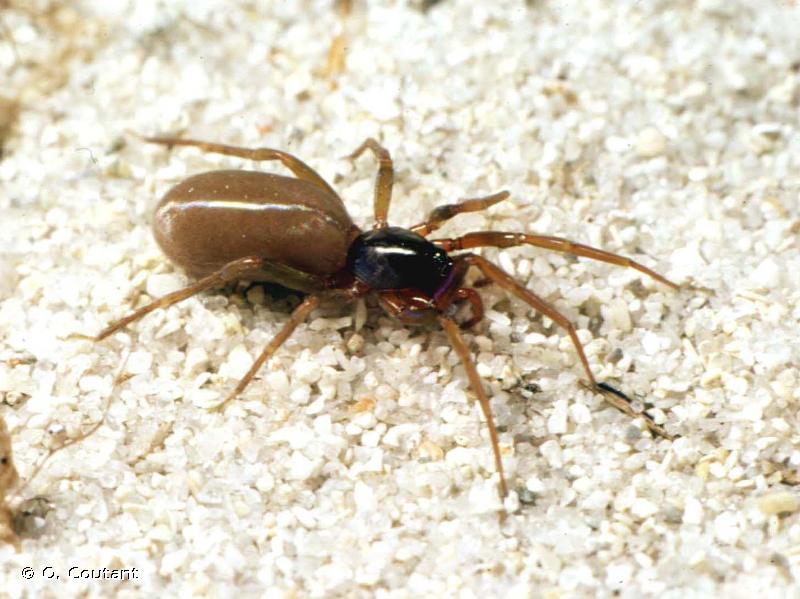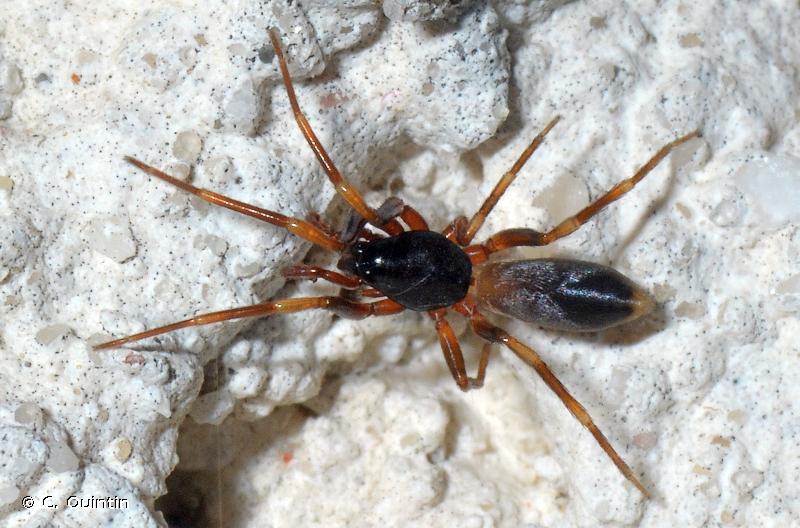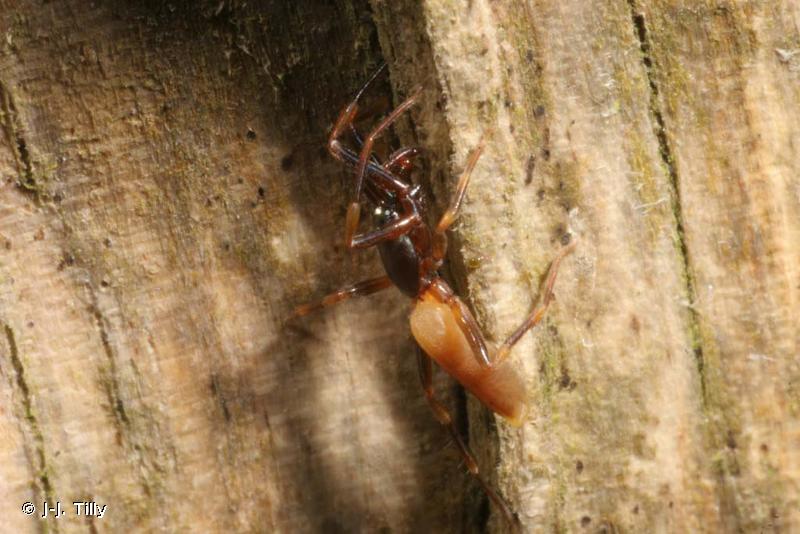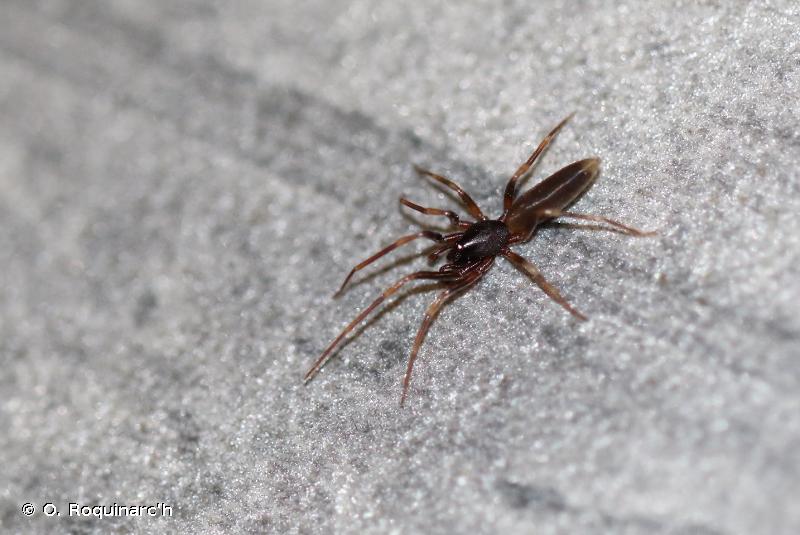
cd_nom

| Author : O. Coutant |
 |
To get the picture, please visit:
Olivier Coutant
Association française d'Arachnologie
http://asfra.fr/Site/Main_public.html
email : inpn@mnhn.fr
Any reuse of one or more photographs on this site is subject to an authorization request from the author.
Link to the Code of Intellectual Property (Legifrance)

| Author : C. Quintin |
 |
To get the picture, please visit:
Christophe Quintin
email : inpn@mnhn.fr
Despite the Creative Commons license, please inform the author of the use which will be made of his photo

| Author : J-J. Tilly |
 |
To get the picture, please visit:
Jean-Jacques Tilly
Association française d'Arachnologie
http://asfra.fr/Site/Main_public.html
email : inpn@mnhn.fr
Any reuse of one or more photographs on this site is subject to an authorization request from the author.
Link to the Code of Intellectual Property (Legifrance)

| Author : O. Roquinarc'h |
 |
To get the picture, please visit:
Océane ROQUINARC'H,
UMS Patrimoine Naturel
Muséum national d'Histoire naturelle,
4 Avenue du Petit Château, 91800 BRUNOY
mail : oceane.roquinarch@mnhn.fr
Despite the Creative Commons license, please inform the author of the use which will be made of his photo
Distribution mondiale
Europe occidentale, Afrique du Nord
Caractères distinctifs, espèces
Taille - femelle : 4-6 mm, mâle : 4-7 mm.
Cette araignée possède des pattes assez fines, son corps est brun-rougeâtre, avec le céphalothorax plus foncé. Les six yeux de son groupe oculaire sont accolés, en cercle. Il y a une dizaine d'espèces d'Harpactea en France, H. hombergi se distingue par ses pattes bicolores claires avec des fémurs, tibias et basitarses partiellement assombris. Les deux sexes sont de taille semblable, l'abdomen du mâle est plus cylindrique. L'observation du bulbe du mâle est plus certaine pour l'identification de l'espèce, la vulva de la femelle peut être vue par transparence sous le tégument, mais l'identification est plus délicate par ce moyen. Pour identifier les femelles, la spinulation des pattes est employée.
Milieux colonisés
Elle colonise des milieux souvent secs, au sol mais aussi parfois assez haut dans la végétation (troncs), en prairies ouvertes ou fermées, en landes, forêts, voire dans les habitations. On la découvre le jour sous des écorces, des pierres, dans la litière, ...
Chasse
Elle se construit une loge tubulaire de soie blanche épaisse pour sa période d'inactivité. La nuit, elle se déplace rapidement au sol, sur les branches ou les troncs. Elle y capture les insectes qu'elle rencontre.
Développement, cycle
Les adultes sont présents toute l'année, mais sont plus nombreux au printemps. Le cycle semble annuel. La femelle pond une vingtaine à une trentaine d'œufs roses dans sa retraite cocon qu'elle garde avec elle sans avoir tissé de cocon.
A. Canard(Université de Rennes/Service du Patrimoine Naturel, MNHN),2014
Continental
Metropolitan France
Overseas
Marine
Metropolitan France
Overseas
The map presents a summary at the 10 x 10 km grid of the observation data for the species transmitted to the SINP. These data have been subjected to validation filters.
The map presents a reference distribution layer of the species at the scale of departments and marine sectors. The presence and absence data were established by expertise within a network of partners. This reference distribution is used in the validation process of the SINP data at the INPN level.
Corresponds to a report on the basis of at least one observation proved within a period of 10 years (20 years for little-known invertebrates) preceding the year and no presumption of extinction since obtaining the last data nor doubt on reproductive and implemented nature of this population. For migratory species, the presence indicated concerns areas of reproduction.
This status is based on one or more of the following criteria:
This point covers the absence, more difficult by nature to demonstrate than presence. This status is based on one or more of the following criteria:
This status must be assigned to a department in which the presence of the species is casual.
Particular case of absence due to a proven extinction less than a half century ago (older disappearances are treated as "no probable or definite").
In the state of knowledge, we can not comment on the presence or absence in the current department. This is the default status when not comprised in one of the previous categories or whenever there is doubt.
The map shows the global distribution of the species based on GBIF data (Global Biodiversity Information Facility).
